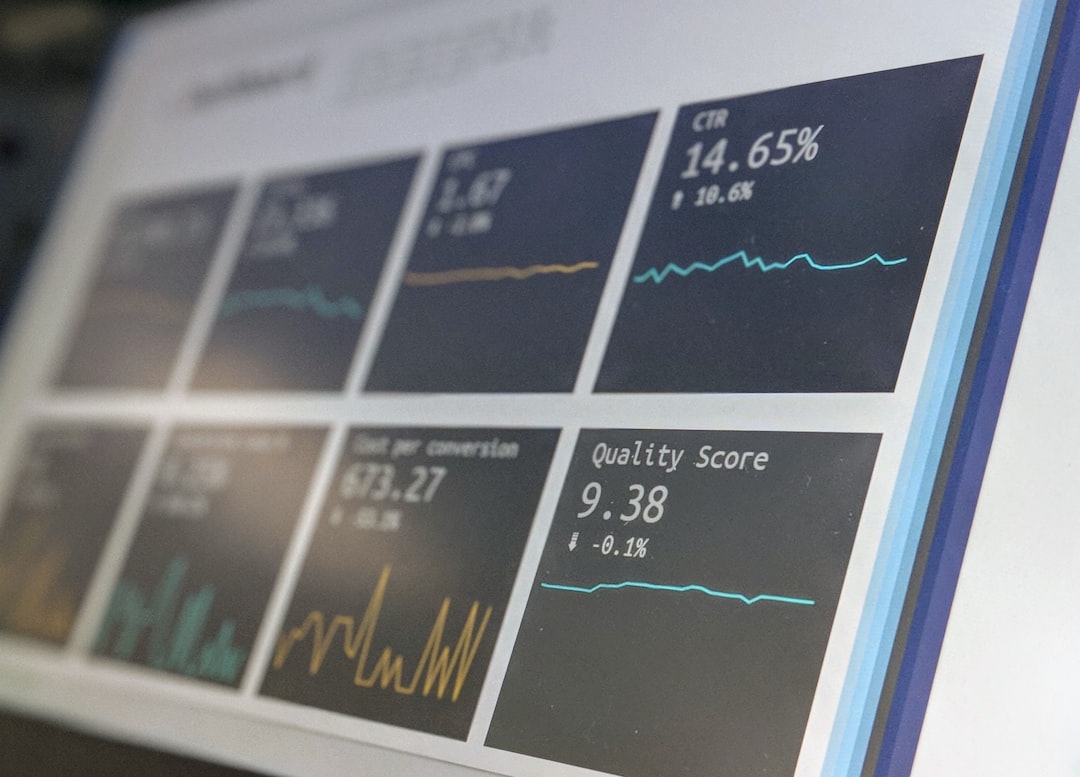
How to Forecast Financial Trends in Economics: A Comprehensive Guide
# Introduction. In the complex world of economics, the ability to forecast financial trends is paramount. Whether you are an investor, a business executive, or an economist, understanding how to predict market movements can significantly influence your decision-making process. This blog post delves into the strategies and methodologies used to forecast financial trends in economics, offering practical insights and tips to enhance your forecasting accuracy. # Understanding Financial Trends. Financial trends can be defined as the general direction in which the economy or specific financial market activities are heading over time. These trends can be influenced by various factors, including economic indicators, consumer behavior, and global events. Key financial trends to watch include stock market movements, interest rate fluctuations, inflation rates, and employment statistics. Identifying these trends requires a thorough analysis of both historical data and current developments in the market. # Using Economic Indicators. Economic indicators are essential tools for forecasting financial trends. They provide empirical data about the economic performance of a country or region. Commonly used economic indicators include Gross Domestic Product (GDP), Consumer Price Index (CPI), unemployment rates, and manufacturing indices. By analyzing these indicators, economists can gain insights into economic conditions and the potential future direction of the market. For instance, a rising GDP suggests economic expansion, while a spike in unemployment rates may signal a recession. # Statistical Models and Techniques. Employing statistical models is crucial in effective financial forecasting. Various quantitative methods, such as regression analysis, moving averages, and econometric modeling, help analyze historical data and establish predictive relationships. Regression analysis, for instance, allows economists to determine the influence of one variable on another, leading to informed predictions. Additionally, utilizing moving averages can smoothen past price data to reveal underlying trends and patterns, thereby facilitating better future forecasts. # Behavioral Economics: A New Perspective. Behavioral economics integrates psychological insights into economics to explain why individuals may not always act rationally in financial scenarios. Understanding consumer behavior is vital for accurate forecasting. Events such as market sentiment, investor confidence, and emotional decision-making can all significantly impact financial trends. By incorporating behavioral factors into forecasting models, economists can create a more comprehensive view of potential market movements and identify emerging trends that might otherwise be overlooked. # The Role of Technology and Data Analysis. Advances in technology have revolutionized the way financial trends are forecasted. With the availability of big data analytics and sophisticated software, economists can analyze vast amounts of data in real time. Machine learning algorithms, for example, can detect patterns within data sets that human analysts might miss. Additionally, tools like Tableau allow for visual data representation, making it easier to interpret complex data and share findings with stakeholders. # Limitations of Forecasting. While forecasting is a powerful tool, it is not without its limitations. Economic forecasting faces challenges such as unforeseen events (e.g., natural disasters, pandemics), biases in data interpretation, and the inherent complexity of global markets. Thus, it is essential for forecasters to remain flexible and adaptable, updating their models and strategies as new information becomes available. # Conclusion. Forecasting financial trends in economics is a multi-faceted process that combines data analysis, economic indicators, and an understanding of human behavior. By leveraging statistical methods and embracing technological advancements, forecasters can improve their accuracy and make informed decisions. However, it is crucial to remain aware of the limitations of forecasting and to approach predictions with a critical mindset. As we continue to navigate an increasingly dynamic economic landscape, the ability to forecast effectively will remain a vital skill for economists and business professionals alike. .









